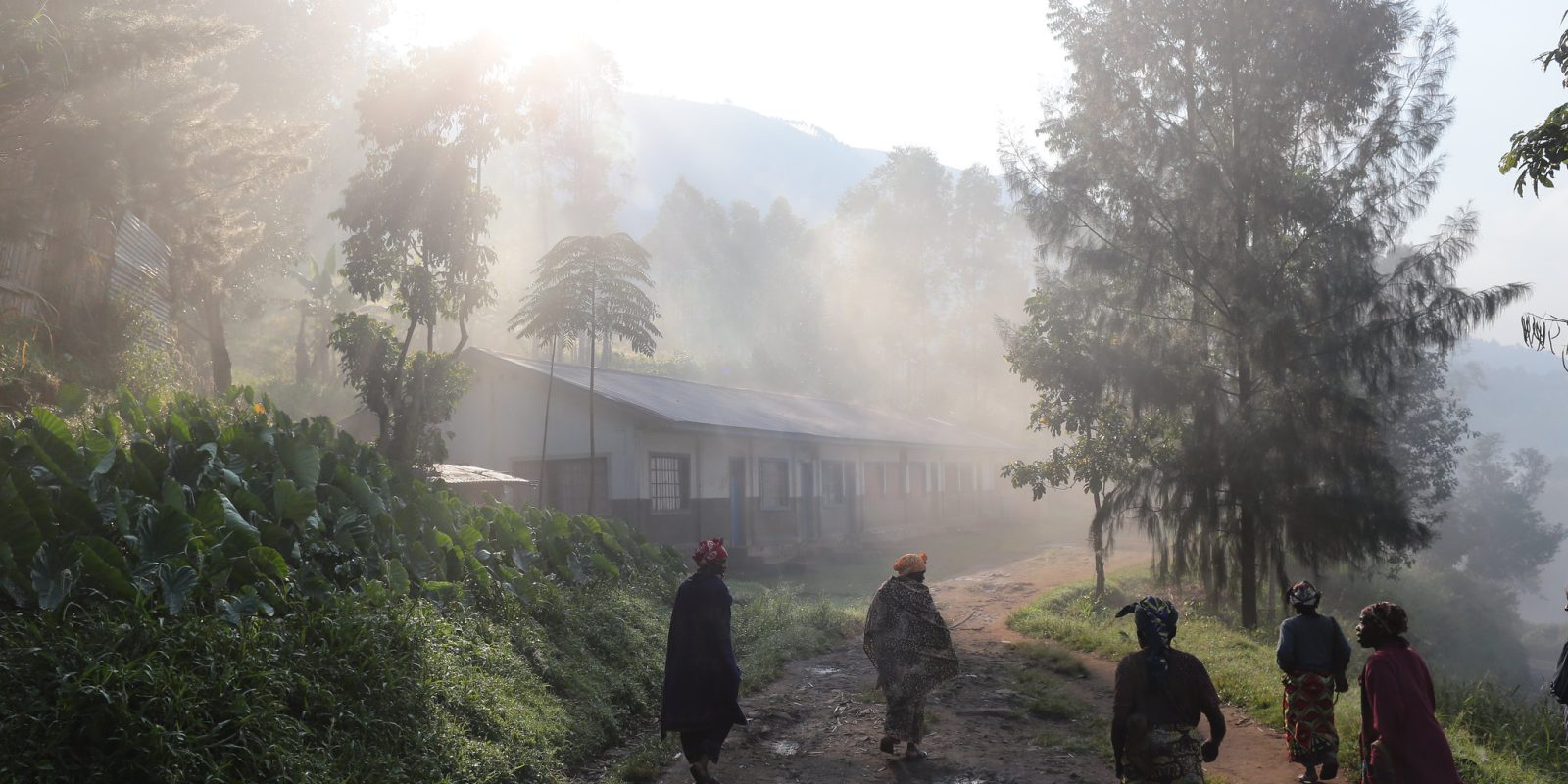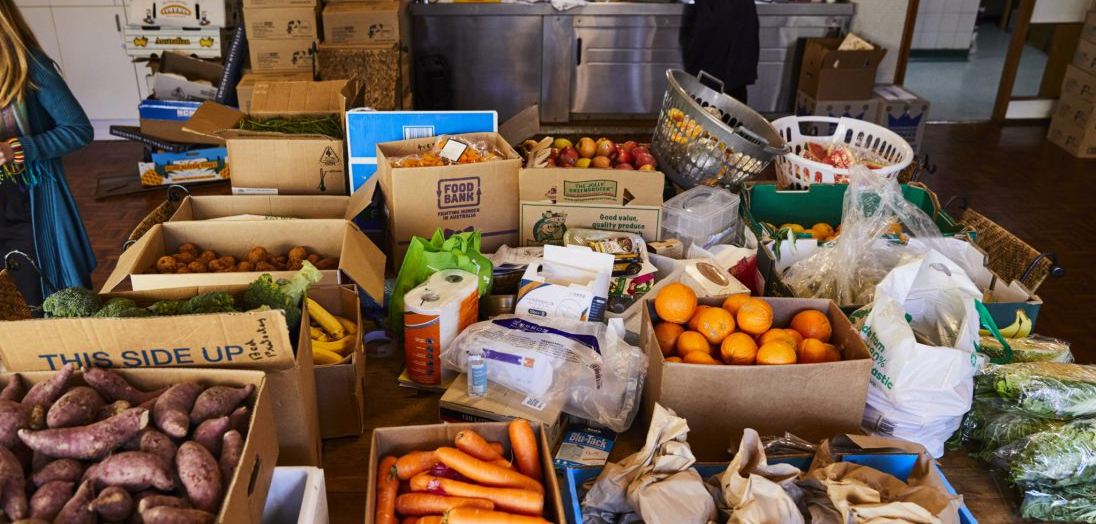Climate (im)mobility: Women on the frontline
29 April 2023|Lottie Evans

Over the last 10 weeks I have been attending conferences and meetings to connect JRS Australia with others looking to support people forced to leave their homes for reasons related to climate change. I’ve met with Catholic organisations, policy experts, and leaders from Pacific Islands to explore a role for JRS Australia aligned with our pillars of accompaniment, service and advocacy. We are learning how best to support people on the move to amplify their voices so that policy and decision makers will hear them and meet this challenge. As Laudato Si’ calls us to Care for Our Common Home, faith-based organisations are called to respond to these interconnected environmental and human challenges.
All countries across the globe are now feeling the impact of the climate emergency. The latest UN report issues a ‘final warning’ to humanity, urging drastic action to prevent irrevocable damage. With the recent droughts, floods, and wildfires occurring in Australia, the reality of the climate crisis is increasingly evident before our very eyes.
However, people around the world experience climate change differently, with some regions and communities affected much worse than others. People living in the regions at greatest risk – largely in the Global South – are also least responsible for the greenhouse gas emissions which have caused climate change. They are also often the least resourced to cope and adapt. Climate change is a justice issue, interweaving threads of environmental justice, gender equality and decolonial action.
People already living with vulnerability and inequality are experiencing the worst of climate change; for instance women and children are over 14 times more likely to be killed by climate fueled disasters than men, according to UNHCR figures. In our Asia Pacific region, between 40-67% of rural women work in farming, and climate change is making it much harder for them to support their families as the land they work becomes less arable.
Climate change makes life much harder for women and children within climate vulnerable locations, and also at all stages on the move. Climate-related displacement (CRD) is a growing challenge which demands action, especially in the absence of clear protection pathways, and requires attention to these gender dimensions. As we talk about climate mobility, it is essential to also recognise climate immobility: those left behind. It is women and children that are often least able to migrate in the context of climate change and disasters because they live in societies that don’t encourage them to travel alone; their family may choose male relatives to make the trip, or they lack the funds to travel. Those left behind are often at risk from extreme climate but also from follow-on impacts such as disease and malnutrition; dangerous working conditions, such as extreme heat; and heightened risk of gender-based violence.
Since CRD impacts people differently, we not only need human rights-based policies, but also approaches which safeguard and empower women and girls. Women are already using their skills and resources to adapt to climate change and decision makers must make sure that women’s voices are meaningfully included at every stage as we work together both to adapt to and prevent further climate change. We need to work with women and girls to protect their rights, but also recognise that they are a huge part of the solution. Through education, female leadership, and gender-sensitive policies, we must ensure that our heating world recognises the rights of women – whether they choose or are forced to leave home, to stay, or are on the move.
I invite you to join us on this journey: as we follow this growing area of work and seek practical ways forward, wherever we are, to care for our own corner of our beautiful planet in small but significant ways.



